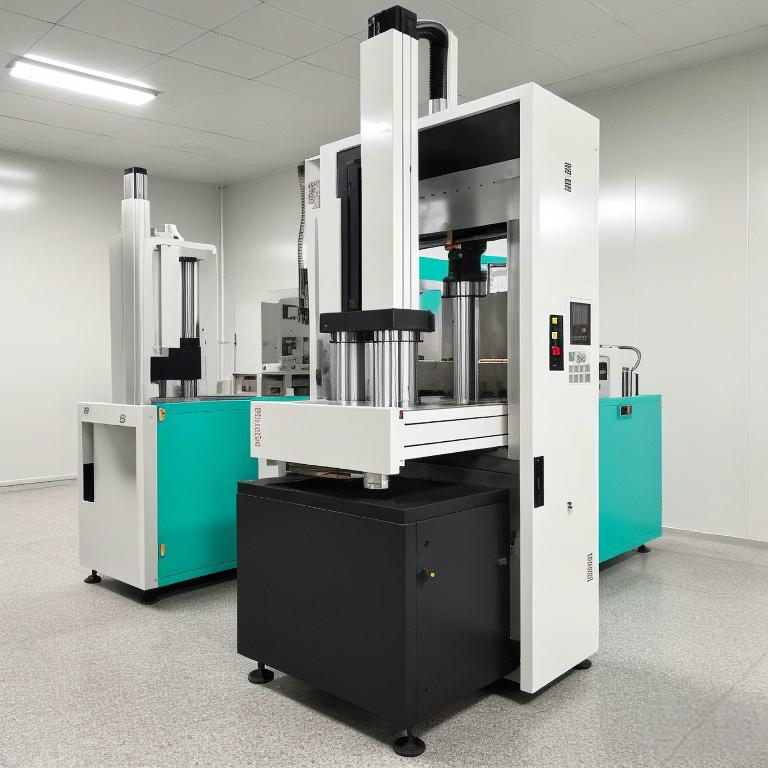Contenu
As a leading manufacturer of silicone products, we specialize in creating innovative and eco-friendly silicone items that cater to a variety of needs. Our factory is committed to producing high-quality silicone water bottles, lunch boxes, and infant feeding sets. Let’s delve into the basics of silicone raw materials and discover the unique features of silicone items.
Types of Silicone Raw Materials
1. By Performance
Ordinary Silicone (also known as Precipitated Silicone):
- Color: Half-transparent, milky white, pale yellow, gray, etc.
- Hardness: 30°, 40°, 50°, 60°, 70°, 80° (commonly used between 40° and 70°).
- Density: 1.1-1.12 g/cm³.
- Elongation: 400%.
- Usage: Commonly used for water bottles, lunch boxes, ice trays, and other food-grade silicone products.
Meteorological Silicone (also known as Pure Silicone):
- Color: Transparent.
- Hardness: 30°, 40°, 50°, 60°, 70°, 80° (commonly used between 40° and 60°).
- Density: 1.1-1.12 g/cm³.
- Elongation: 600%-700%.
- Features: Known for its transparency and high tensile strength, but is more expensive.
- Usage: Suitable for high-end products requiring high elasticity, such as silicone tubes and protective sleeves.
2. By Physical Nature
- Solid Silicone: Used primarily for molded products, such as silicone cases, utensils, and buttons.
- Liquid Silicone: Used for extruded products, such as silicone nipples and tubes.
Liquid Silicone Varieties
![]()
![]()
- Mold Making Silicone: Used for making molds, particularly advantageous over steel molds in terms of production efficiency and cost.
- Transfer Printing Silicone: Used for transfer printing on plastic toys, electroplated products, electronic toys, and logos.
- Electronic Encapsulating Silicone: Used to encapsulate electronics, providing sealing, waterproofing, dust-proofing, thermal conductivity, shock absorption, and insulation.
- Prototype Silicone: Used for making prototypes, known for its wear resistance and high resilience.
- Silicone Sealant (Silicone Caulk): A type of liquid silicone that cures upon exposure to air moisture, forming a durable solid, commonly used for sealing gaps in glass and other surfaces.
- Apparel Label Silicone: Used to make clothing labels, known for its tactile quality and durability.
- High-Temperature Silicone: Capable of withstanding temperatures up to 400°C to 1300°C, suitable for aerospace and heat embossing applications.
- Human Silicone: Used for prosthetics and medical applications, known for its safety and compatibility with human skin.
Common Issues with Silicone Items
- Recycling: Defective silicone items cannot be recycled once molded.
- Printing Removal: Freshly printed silicone items can have their prints removed before curing, but cured prints require sandpaper or electric sanding for removal.
- Production Process: From sample creation to final assembly, the manufacturing process involves multiple steps, including material preparation, mixing, molding, vulcanization, printing, coating, trimming, and packaging.
- Surface Treatment: Techniques such as spraying, laser engraving, and painting enhance the appearance and functionality of silicone items.
- Odor: Silicone items may emit a temporary odor during production, which dissipates over a few days.
- Dimensional Accuracy: High or low pressure during molding can affect the size and thickness of silicone items.
- Printing Adhesion: Poor adhesion of printed characters can be caused by contamination, inadequate curing, or defective ink.
Advantages of Silicone Items
- Eco-Friendly: Silicone is non-toxic and environmentally friendly throughout its lifecycle.
- Durability: Known for its strength and long lifespan.
- Comfort: Soft and comfortable to the touch.
- Affordability and Versatility: Economical and suitable for a wide range of applications.
Our factory is dedicated to producing high-quality silicone items that meet the needs of our customers. With our expertise in silicone raw materials and our commitment to excellence, we ensure that every product is not only functional but also safe and sustainable.
JEWELIVES is dedicated to producing high-quality silicone items that meet the needs of our customers. With our expertise in silicone raw materials and our commitment to excellence, we ensure that every product is not only functional but also safe and sustainable.



